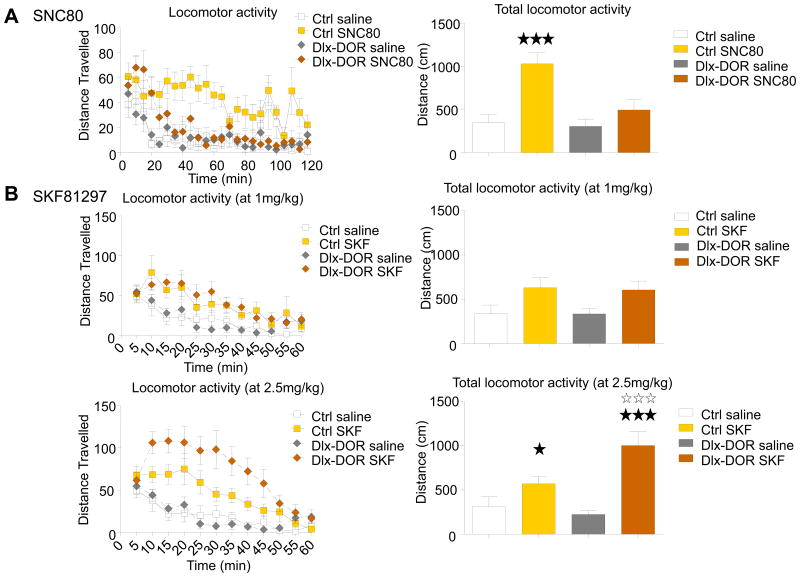Fig. 2. DOR and D1-mediated locomotor activity.
Dlx-DOR mice and their control littermates (Ctrl) were tested in actimetry boxes for responses to (A) the DOR agonist SNC80 or (B) the dopamine D1 agonist SKF81297. (A) Left panel shows locomotor activity in Ctrl and Dlx-DOR mice treated by intraperitoneal injection of SNC80 (10 mg/kg) or saline over a 2H session, and right panel shows total activity. Activity was significantly increased in SNC80-treated control mice only (n= 8-10 per genotype and treatment). (B) In a second cohort, SKF-81297 was administered subcutaneously (at 1 or 2.5 mg/kg doses). Both Dlx-DOR mice and their control littermates (Ctrl) showed increased locomotor activity compared to vehicle-treated mice, and this effect was significantly stronger in Dlx-DOR mice at the high dose (left, time course; right total activity; n = 9-11 mice per genotype and treatment). Filled and open stars indicate significant treatment or genotype effect, respectively. One star, P<0.05; three stars, P<0.001 (Two-way ANOVA).

